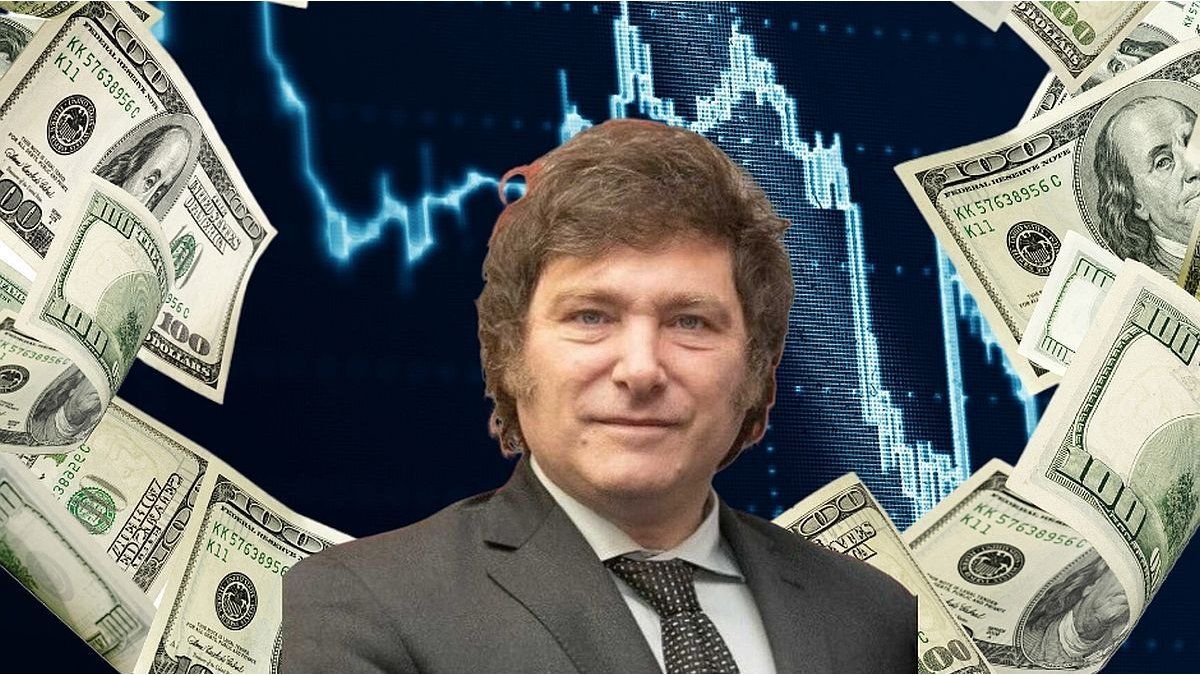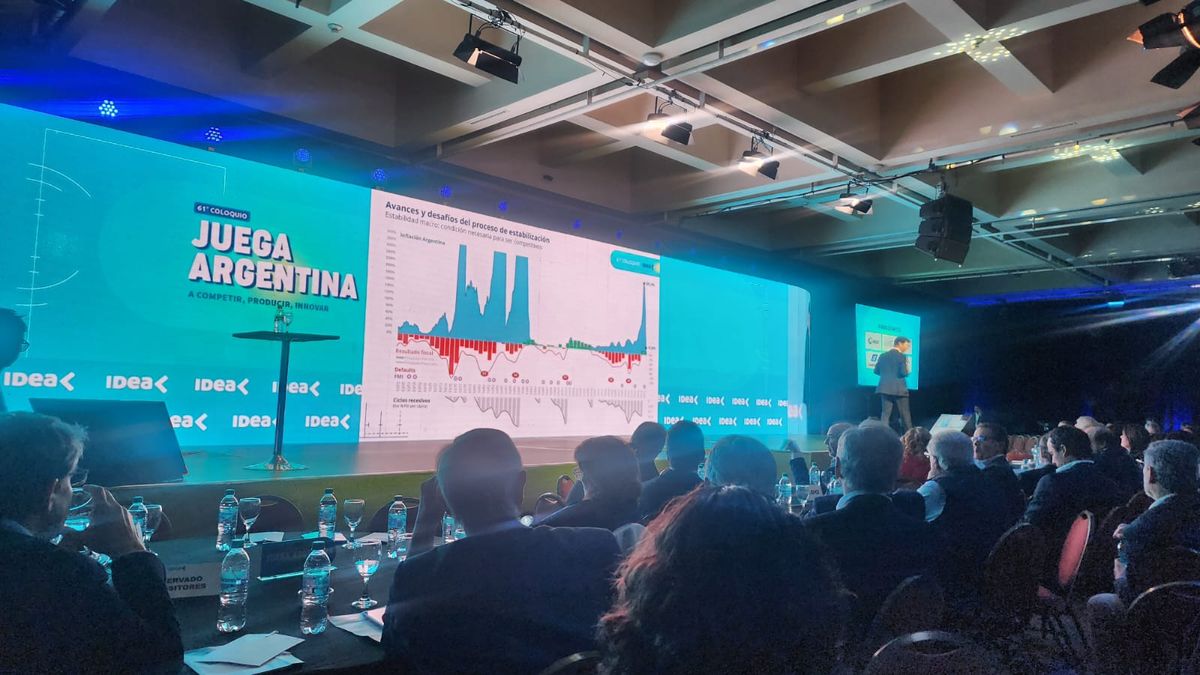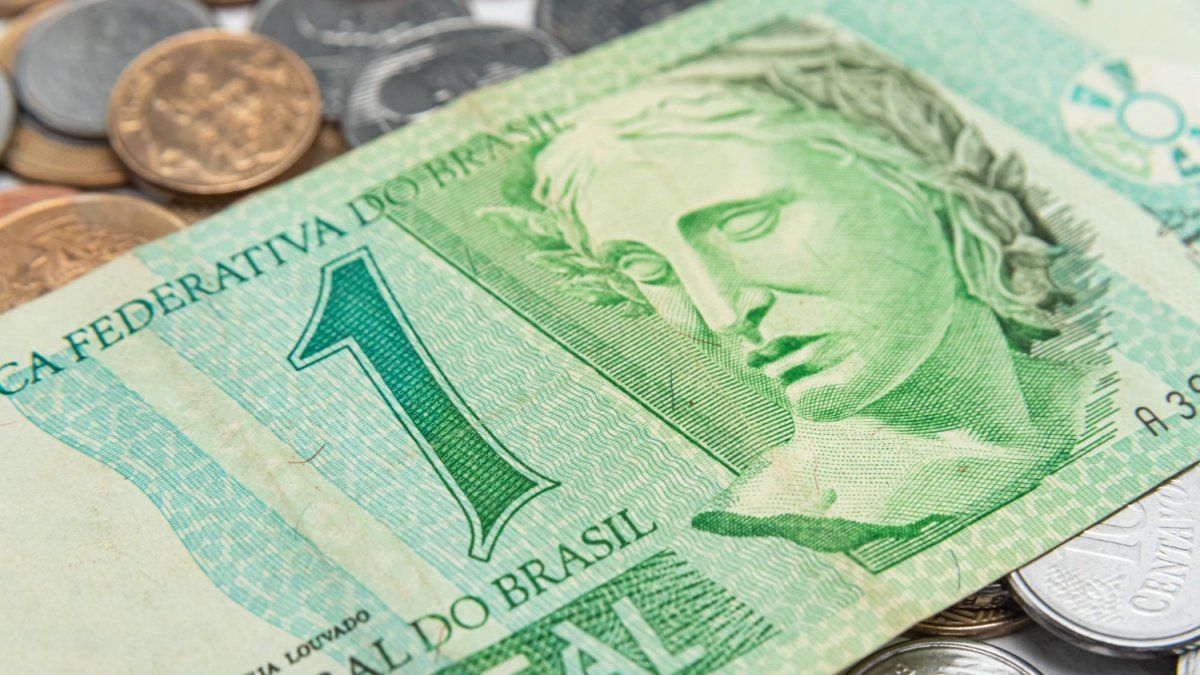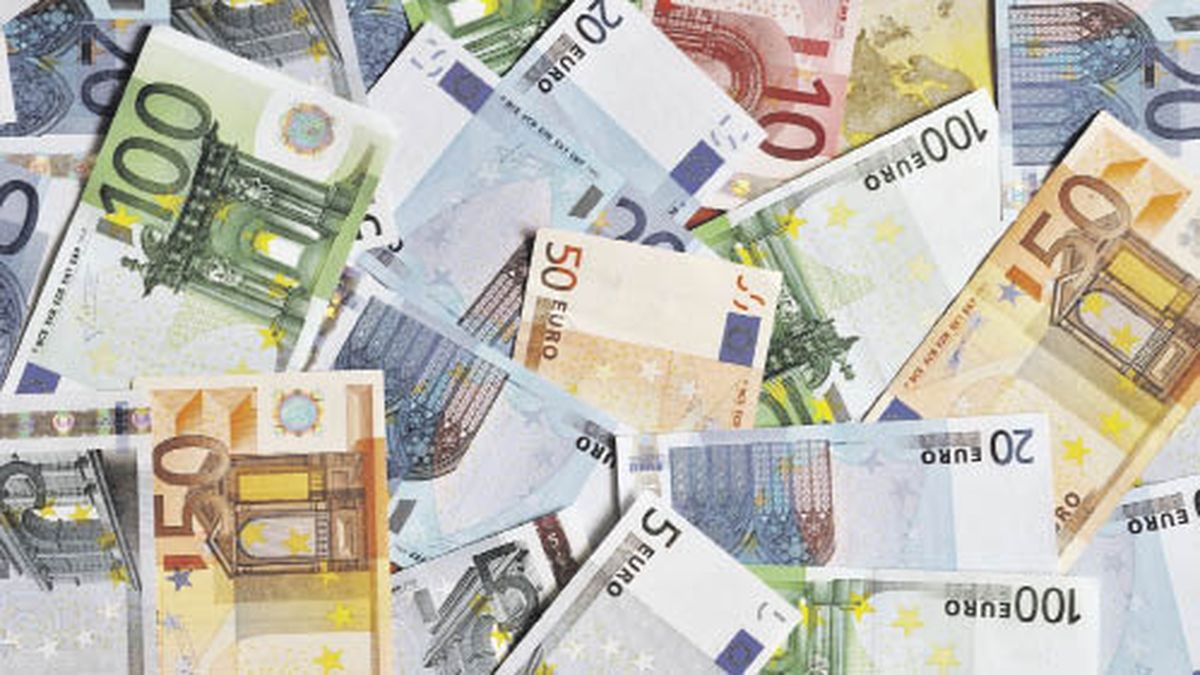After the result of the Treasury tender the government reiterates that there is no exchange delay.
For several days, The government has intensified its efforts to install the idea that the official dollar is not late. The communication strategy has included an opinion column signed by the president himself Javier Milei in a newspaper and repeated appearances of both the president and the Minister of Economy in television interviews and streaming broadcasts. The most recent demonstration of this position took place yesterday on Network X, where they are also participating active, after the tender carried out by the Treasury Secretariat.
The content you want to access is exclusive to subscribers.
The auction awarded $ 5,204 billion, managing to renew 78% of the maturities. Among the instruments offered, he highlighted a Dollar Linked bonus expiration in January 2026, which adjusts according to the variation of the official exchange rate and offers an internal annual effective rate (TIRA) of 5%. However, the market only demanded $ 80,000 million of this instrument, What the Government considers as a sign that investors do not receive significant exchange delay. According to the official reasoning, if there is a vision that the exchange rate is late, there should be a widespread expectation of devaluation and investors would have massively overturned to this bonus.


The official argument, however, presents fundamental inconsistencies. In first place, The relationship between exchange backwardness and demand for Dollar Linked bonds is not direct. This instrument is adjusted according to the official exchange rate, which is administered discretionally by the Central Bank of the Argentine Republic (BCRA). In a context of strict exchange controls, the official dollar price is determined by political decisions and not by market forces. If the government decides to maintain the stocks and prolong the exchange delay, the Dollar Linked bonus will lose attractiveness in the face of other assets in pesos that offer better yields.
The situation would be different in a free market scenario. In an economy -free economy, an excessive appreciation of the currency could also arise, for example with a massive currency income, encouraging investors to protect themselves by acquiring assets adjusted by exchange rate waiting for the market to correct that imbalance. However, in the current control scheme, the exchange delay depends on the will of the government and the possibility of lifting the restrictions, something that has been postponed indefinitely and that looks unlikely in an electoral year.
Another reading of the tender is that the market anticipates that the exchange rate will remain in the short term. In addition, investors can choose to acquire these bonds in the secondary market if they perceive that a devaluation is imminent. Meanwhile, they can obtain better yields in instruments in pesos that capitalize more attractive interest rates.
The government’s interest in denying exchange backwardness responds to the need to avoid pressures on financial dollars and an increase in the exchange gap. An expanded gap could complicate both negotiations with the International Monetary Fund (IMF) and the fragile local macroeconomic balance. However, the exchange control strategy adopted since December 2023, which established an official exchange rate with a monthly adjustment of 2% (subsequently reduced to 1%), has progressively eroded the initial exchange mattress because inflation was slowed down at a lower rate than the one necessary for the economic program.
The signs of a misaligned exchange rate with the market balance are numerous. From the record expenditure with a credit card in foreign currency in January to the long rows to cross Chile, through the Big Mac index and the prices of basic goods in local supermarkets and abroad. While the existence of exchange restrictions prevents knowing exactly the true value of the free dollar, the truth is that to sustain current parity the government must maintain restrictions on the purchase of dollars, apply taxes in its acquisition or in the expense with cards, but also controls on financial dollars and direct and indirect interventions such as the Blend dollar.
The Executive can continue to manage the price of the dollar, but cannot avoid the consequences of exchange delay. As these distortions are accentuated, sustaining the official discourse will be increasingly challenging.
Source: Ambito
I am a 24-year-old writer and journalist who has been working in the news industry for the past two years. I write primarily about market news, so if you’re looking for insights into what’s going on in the stock market or economic indicators, you’ve come to the right place. I also dabble in writing articles on lifestyle trends and pop culture news.




